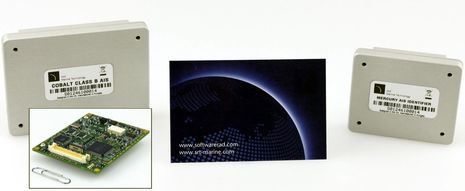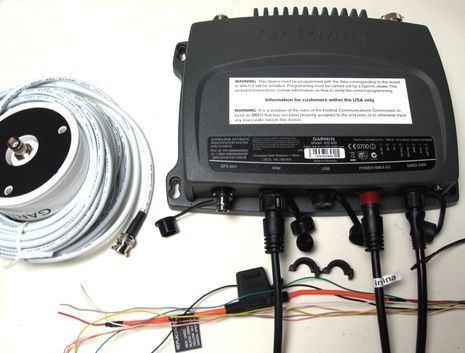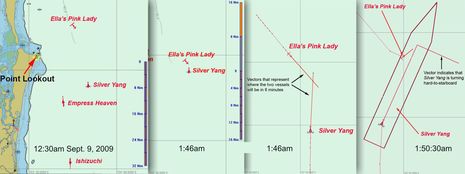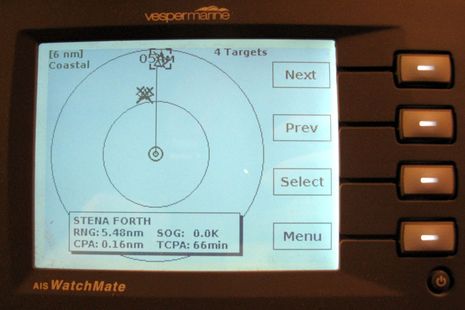SRT mini AIS modules, & trouble from the East?
I mentioned SRT’s amazingly miniaturized Class B and SART AIS modules back in May, but seeing is believing. In that aluminum EMI enclosure at left is a Cobalt Class B transponder complete with precision GPS engine and power supply (the board itself is inset)! What we’re looking at is smart phone technology applied to a very specific marine use, and it shouldn’t be too long before these modules make AIS less expensive, more powerful, and much easier to integrate with other devices. But I’m also hearing about a dark cloud looming as the marine world rapidly adopts AIS…













